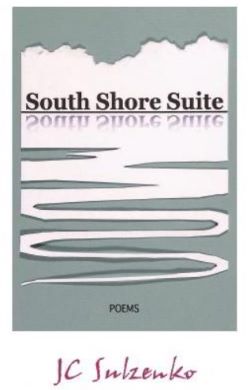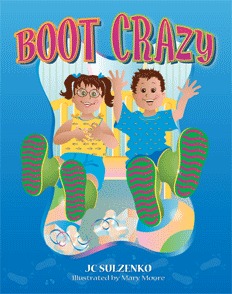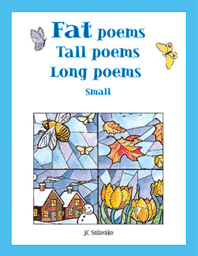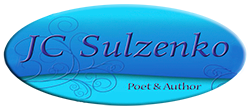I hadn’t expected to enjoy this small memoire, published the year Steinbeck received the Nobel Prize (Literature).
But the book blew me away. Of course, the writing about his cross-country tour in a camper is very fine. Plus there’s my affinity for his companion poodle, Charley. I’m a long-standing fan of Standard Poodles.
But what really hit me is just how much of what Steinbeck observed about the US and Americans then could be written about the country and its people today. How prescient he was over 60 years ago.
Particularly, the wrenching description towards the end of the book when Steinbeck travels to New Orleans to see the sickening show put on by the ‘Cheerleaders’ taunting an African American child being escorted by police into the elementary school during desegregation. And how the public on site responded remains chilling.
Steinbeck could be describing the current leadership climate of playing to the audience. And the abyss that separates many Americans from each other, widening by the minute.
Even though some language and thinking are dated, this is still a book to be read in our times. 8/10










Bookends
JC posts her views about books she has read on this page. Each mini-review, written after the book ends, will share her candid assessment of the craft and contents of books on her reading list. The views expressed are entirely her own. She welcomes feedback on her Bookends comments through this website.
Share this: